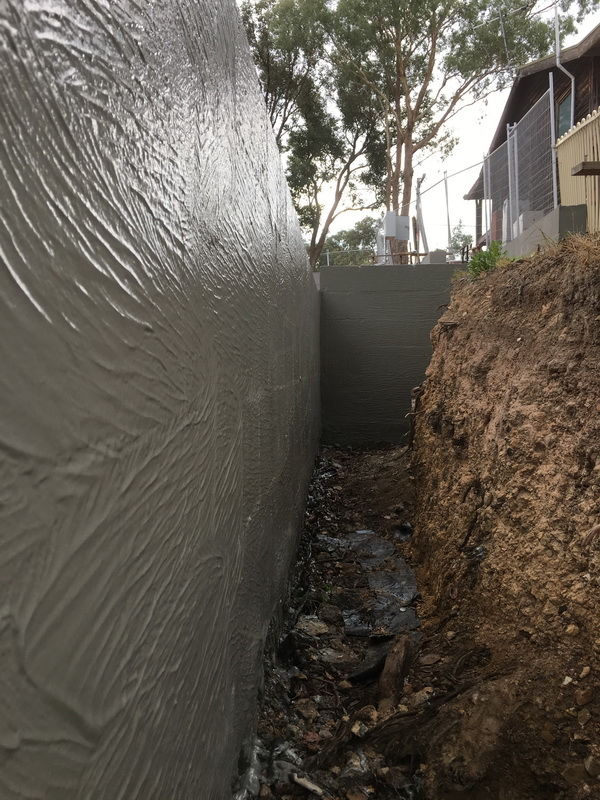Is waterproofing a retaining wall really necessary?
Retaining walls are a handy feature with architectural and aesthetic advantages. They are used to add contrast in otherwise flat gardens, reinforce areas containing unstable materials like sand or gravel, create new usable spaces, or to hold earth in place in areas where elevation changes. Retaining walls generally fall into one of four categories (Pile, Cantilevered, Anchored or Gravity) and are designed and constructed using a range of building materials including wood, stone, masonry and steel.
Regardless of the category and the materials used in their construction, retaining walls are almost always weather exposed which means they will be subject to water exposure. Given they are expensive to construct, and even costlier to repair or replace, properly constructed drainage and preventative waterproofing works that protect your retaining wall are crucial steps to ensuring your investment is long lasting and sturdy.
First a quick science lesson.
Believe it or not, you and your retaining wall actually have something in common when it comes to water; you both experience something called hydrostatic pressure.
Hydrostatic pressure (also known as lateral water pressure) is what occurs when water that collects in one area exerts force on the surrounding objects. For retaining walls, hydrostatic pressure occurs as water and moisture drains through and builds up in the soil behind it. With humans, that pressure you feel in your inner ears as you go underwater: that’s hydrostatic pressure too.
For humans, that kind of increasing pressure can result in perforated eardrums. For retaining walls, excess and sustained hydrostatic pressure can result in collapse, significant cracks, and a hollowing out of construction materials that significantly compromises the wall’s integrity. So, much like humans, retaining walls that are exposed to increasing levels of hydrostatic pressure can also be damaged.
So how does waterproofing your retaining wall help?
Providing adequate drainage is a vital aspect to the design and function of your retaining wall. However that isn’t enough to prevent water from migrating through and rotting or corroding your construction materials.
Retaining wall waterproofing helps reduce the harmful effects of hydrostatic pressure build up by:
- protecting the wall from ground dampness
- preventing water passing through the drainage system from seeping into the wall.
Drylok is here to help.
Using only industry leading waterproof products and membrane designed for retaining walls, Drylok Waterproofing has the expertise and performance solutions that will provide long-term maintenance free protection for your retaining wall.
So protect your investment and keep your wall from becoming an eyesore. Call Brendan on 0422 580 598 or drop us a message to find out more.


